Whether you’re an actor, a yoga teacher, or a CEO, a decent headshot is an essential marketing tool in your professional arsenal, one that could make the difference between landing a gig or not. While it may seem like the simplest of photography tasks (it’s only the head after all), I’ve learned through my many years as a professional photographer in Hong Kong that taking the perfect headshot isn’t as easy as it looks.
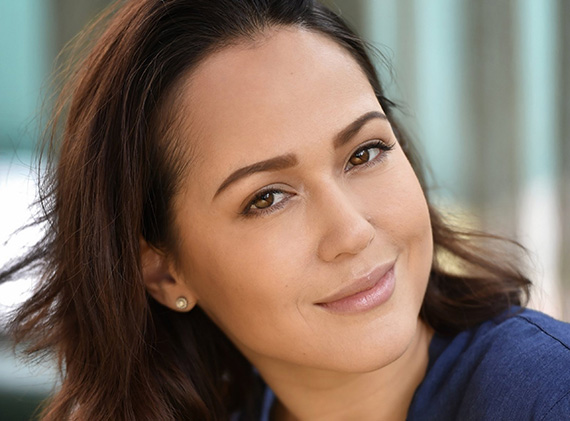
Headshot Tips
Here are some tips I’ve gleaned for both the photographer and the photographed. Let’s start with the latter:
Headshot Tips for the Model
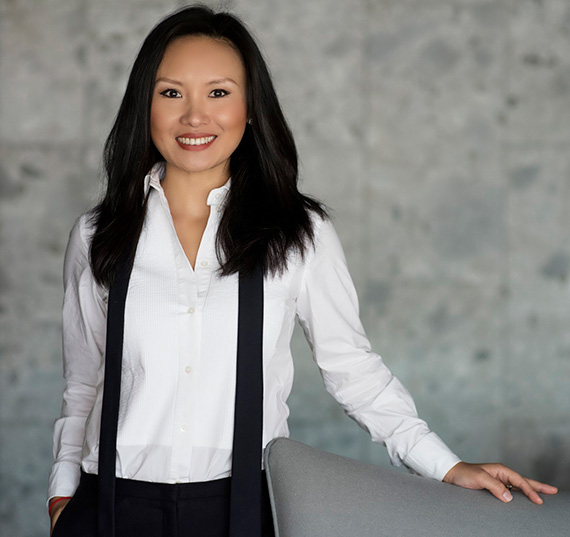
Check your hair and clothing
Check yourself before you wreck yourself
It probably goes without saying, but check yourself in the mirror before you sit down (or stand up) for your headshot. If you’ve never met the photographer in person before, s/he won’t know you don’t normally wear your hair messy and your shirt untucked.
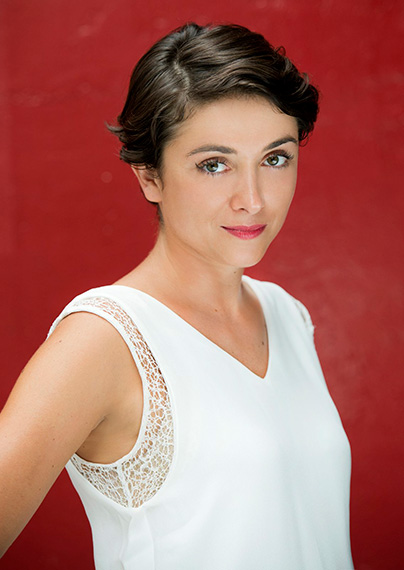
Dress neutrally
Dress neutrally
Patterns and stripes can look weird on screens, so it’s best to stick to solid, neutral colors for your professional headshot. Also, don’t be tempted to go too “fashion forward” unless that’s part of your job. Classic style will last you a lot longer than the latest trend.
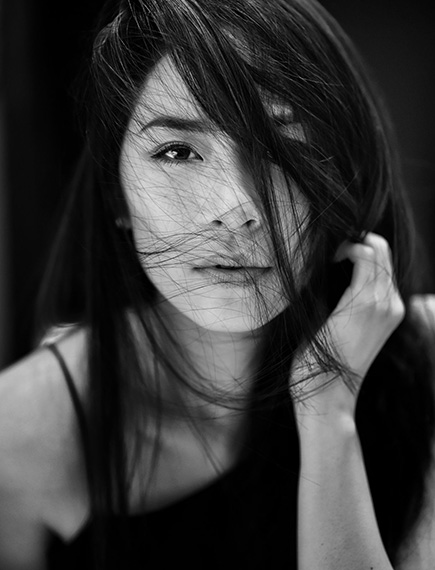
Use less makeup
Less is more with makeup
Similarly, don’t go overboard with the makeup. A lot can be done with lighting and retouching to make your skin flawless and your features pop, so there’s no need to pile it on like you’re heading to the Oscars. For a business headshot you want to look like yourself on your best day. If you normally wear bold lipstick, that’s fine. Just don’t go for something that’ll make you look like a different person.
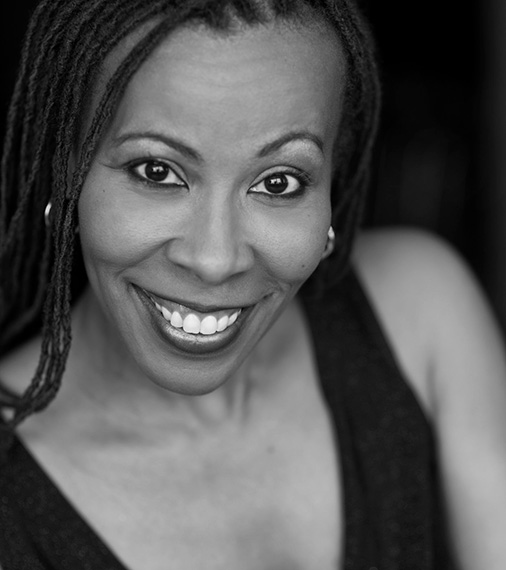
Head forward, chin down
Head forward, chin down
A strong jaw accentuates the overall shape of the face, but when people stand or sit naturally the chin can sometimes disappear into the neck. Try pushing your head forward and chin down slightly. This will help extend the jawline and pull the skin taut around your face to reveal more defined bone structure. Ultimately, however, listen to the directions of your photographer.
Headshot Tips for the Photographer
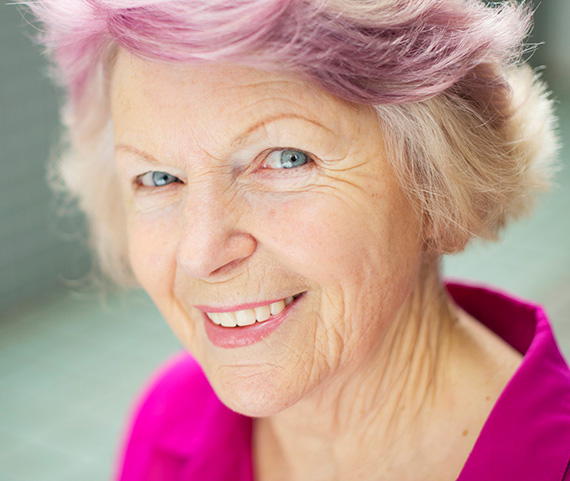
Help your subject relax
Help your subject relax
Most people dislike having their photograph taken and feel nervous about getting professional headshots. I find a good way to combat this is to meet your subject in person, or at least talk to them on the phone, before the session. As well as making your client feel more at home with you, it’ll give you the chance to find out exactly what kind of portrait they’re after, be it super professional, fun, or quirky.
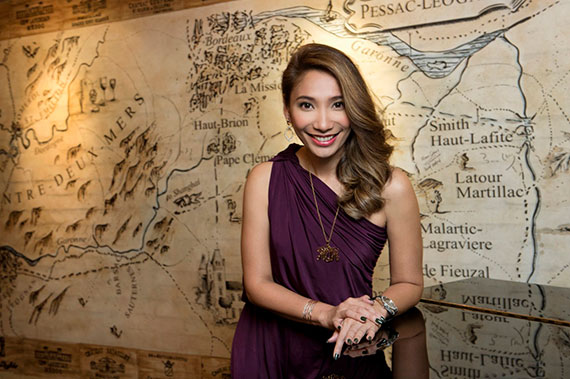
Use the right background
Backgrounds matter
Although the focal point of any good headshot is obviously the face, don’t neglect the background when setting up. Plain or highly bokeh backgrounds usually work best, but you may want to consider showing more context for your subject’s career, whether they are an international artist, a Michelin star chef, or a CEO. Watch for shadows if your subject is standing close to a wall or a screen, as this will make the photo look less professional.
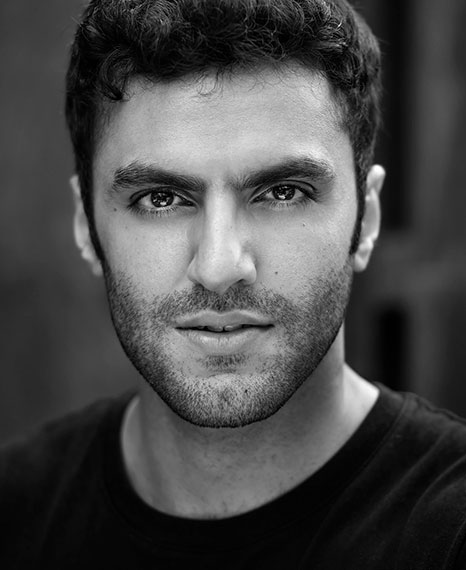
Focus on the eyes
It’s all about the eyes
The most important part of any headshot is the eyes, so make sure they’re crisp, sharp, and dynamic. Capturing the eyes well will establish a strong connection between the photograph and the viewer. A good way to get “fresh eyes” is to ask a subject to look away and then back into the lens right as you take the shot.
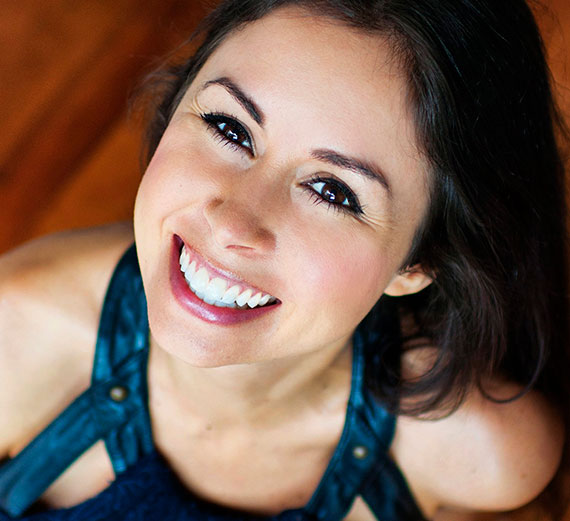
Try different angles
Experiment with angles
For closeup photographs, such as corporate headshots, angles are really important. A top-down angle will make the eyes appear larger and the face more delicate, whereas shooting from the bottom up can make someone appear taller and more dominant. Watch out for the dreaded double chin if choosing the latter, though! Ultimately, try to find your subject’s most attractive angle by paying close attention to all their features, when each looks its best, and how they play off each other. Tiny adjustments in angle can make a huge difference.
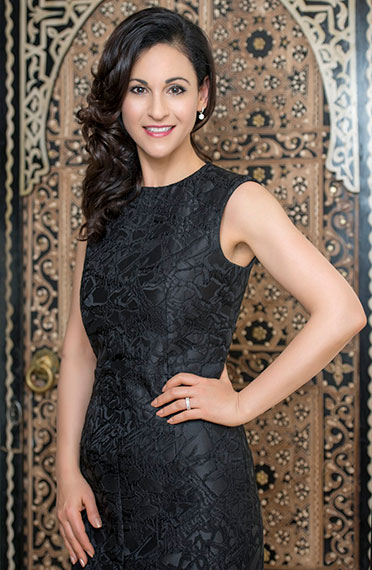
Lighting is key
Lighting is key
Flawless skin is very important for head shots, and while a lot can be done with retouching in post-production, lighting is your best friend here. Using diffused light all around the head will bring definition to the shape of the face and hide any wrinkles and blemishes. Leaving the underneath of the face unlit, however, will give a more striking, rugged shot, sometimes preferred by men. Also don’t be afraid to shoot outside. Natural light will give a lovely genuine feel, which is great if that’s the look your subject is after.
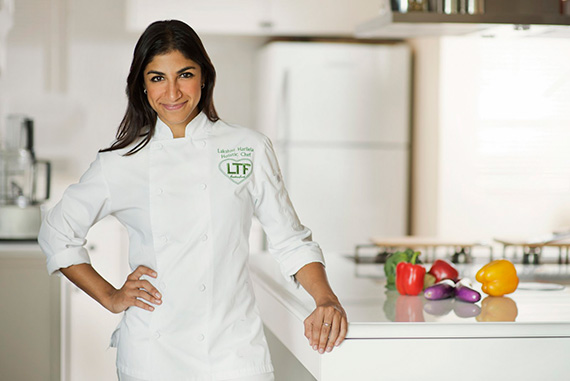
Chat with the model
Chat a lot
Finally, expression is everything when it comes to taking a great headshot. It’s your job to find the most natural expressions of your subject and capture a look that’s unique to them. I find the easiest way to do this is just to talk a lot. Ask them serious questions, crack jokes, give them direction, but most importantly, constantly reassure them that they’re doing it right. If someone feels they’re looking good and you’re getting the results you want, they’ll naturally relax and be themselves.
About the Author
Ali Ghorbani (otherwise known as, Ali G) is a luxury wedding, events, corporate and celebrity photographer based in Hong Kong. You can follow him on Facebook and Instagram.
Like This Article?
Don't Miss The Next One!
Join over 100,000 photographers of all experience levels who receive our free photography tips and articles to stay current:






Top notch article and lovely photos to illustrate. All of them are winners. I’ve always shied away from portrait photography but this has helped change my mind. Thank you. Look forward to tip toeing towards new challenges… ;)
Thank you, Jody! Really appreciate it! Happy to connect on instagram @aligphoto and answer any other questions or doubts that you may have.
Good article with excellent points, however, disappointed that a PHOTOGRAPHY based article in my opinion has not mentioned
what is the most important aspect; suggested settings for the camera!!!
Thank you for the comment Charles. Actually settings are NOT the most important aspect of portrait photography, and that is a big misconception. Settings depend on a variety of factors, from the lighting used/available to the effect that needs to be achieved. Therefore, every situation is different so there’s no magic bullet for settings.